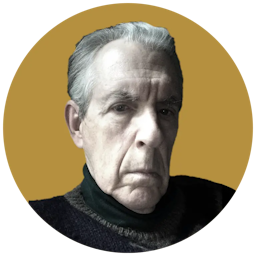Let’s Start With the Name: Jacqueline Bouvier Kennedy Onassis
By resisting the temptation to say too much, Oline Eaton delivers a serious and entertaining exploration of a person and the persona constructed by the subject herself and the media.

‘Finding Jackie: A Life Reinvented’
By Oline Eaton
Diversion Books, 320 pages
Please check your email.
A verification code has been sent to
Didn't get a code? Click to resend.
To continue reading, please select:
Enter your email to read for FREE
Get 1 FREE article
Join the Sun for a PENNY A DAY
$0.01/day for 60 days
Cancel anytime
100% ad free experience
Unlimited article and commenting access
Full annual dues ($120) billed after 60 days

